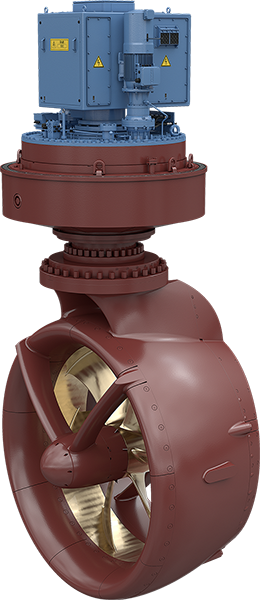Noise is a major nuisance for nature
Scientific studies have unequivocally highlighted the detrimental effects of underwater noise on marine mammals. Leif emphasises the extensive knowledge base on how sea mammals and fish respond to this noise pollution. He explains: “It’s a critical issue for marine mammals, as the noise from shipping can severely disrupt their natural ability to communicate.”
He cites specific studies that illustrate the extent of this problem. For instance, research conducted off Patagonia revealed that blue whales would alter their migratory paths to avoid the noisy presence of ships. Another study in northern Norway demonstrated how excessive noise from trawlers interrupted communication between humpback whales, which rely on low-frequency sounds to communicate over vast distances.
Leif emphasises the importance of a “system approach” in designing new vessels to address this issue. This approach involves ensuring that the hull, machinery and propeller design are all optimised to work together for the quietest possible operation. He says that “propellers, rather than engines, tend to be the primary sources of underwater radiated noise”. While engine noise can often be effectively reduced through techniques such as rubber mountings, propeller noise presents a more complex challenge.
“The shape of the hull significantly influences the water flow to the propeller, and achieving an optimal inflow is crucial for minimising noise. This requires close collaboration between hull designers and propeller manufacturers. However, hull design often prioritises techno-economic factors, which can conflict with the need for a smooth and uniform inflow. Achieving the different hull design objectives, as well as a favourable flow pattern to the propulsors for minimal noise generation, is a delicate balancing act that demands innovative solutions.”
Kongsberg Maritime, with its extensive experience in developing specialised rudders, propellers, thrusters and hull designs, is at the forefront of efforts to reduce noise from vessels. The company’s Hydrodynamic Research Centre, in Kristinehamn, Sweden, actively participates in projects aimed at designing and testing propeller and shaftline systems that meet the most stringent requirements for both cavitation and performance. This work is expected to benefit a wider range of ships in their quest for quieter operation.





